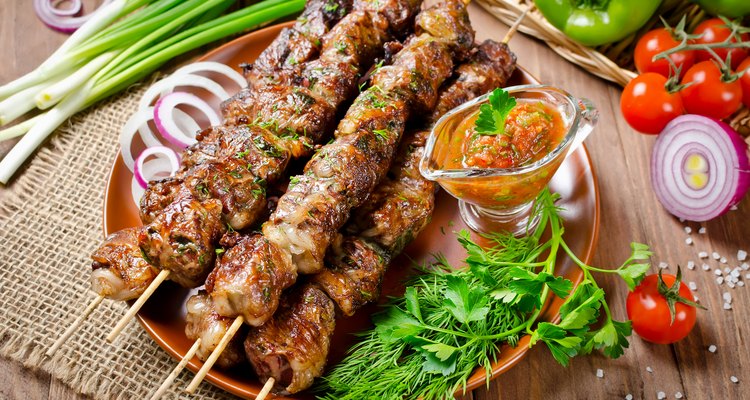
vkuslandia/iStock/GettyImages
Freezing shish kebobs is a smart strategy for saving time, as well as preserving leftovers. Most common meats used for shish kebobs, including chicken, lamb, pork or beef, freeze well, although vegetables are a bit trickier. Freezing does not improve the quality of food, so start with the freshest ingredients possible. Freeze the kebobs within two hours, and don't forget about them. They should be used within a few weeks.
It Can Be Done
You can freeze shish kabobs, with a few caveats. The first, and most important, consideration is food safety. Raw meat and poultry may contain bacteria that can pollute cut fruit and vegetables. If you thread meat on the same sticks with vegetables, make sure to cook the vegetables thoroughly to destroy any bacteria. Another consideration is food quality. Raw vegetables, such as onions and peppers don't freeze particularly well and will likely be a bit soggy when you cook them. For a fresher flavor, freeze raw shish kabobs containing meat, but make fresh vegetable kabobs on the day you plan to cook them. An even simpler solution is to freeze cubes of meat or poultry with a marinade. Thaw them, drain the marinade and string the cubes onto sticks, along with fresh vegetables before cooking. You can also freeze leftover cooked shish kabobs. Cooked vegetables respond better to freezing than raw ones, although you may still notice a slight change in the texture and taste.
How to Do It
To freeze raw or cooked shish kabobs, place them in airtight freezer boxes or zip-top plastic freezer bags. Squeeze out as much air as possible and seal the containers tightly. Label the containers with the date and freeze them at 0 degrees Fahrenheit. Use the shish kabobs within three months for best flavor. Cut meats lose quality in the freezer more quickly than whole pieces of meat. Although they'll stay safe indefinitely in the freezer, they'll taste better if you use them promptly.
Thaw and Cook
Thaw the shish kabobs in the refrigerator overnight, rather than on the countertop, which encourages bacterial growth. To cook raw shish kabobs, grill or oven roast them until the vegetables are tender. Beef and pork should be cooked to an internal temperature of 145 F. Cook poultry to 165 F. Heat leftover cooked kabobs in the microwave or oven to 165 F.
Tips for Success
The freezer is a marvelous way to plan meals ahead of time and preserve leftovers, but you may notice slight changes in taste and texture. Herbs can sometimes taste bitter or flavors may be diluted. Taste the shish kabobs after you cook them, but before you serve them. Season them a bit more if necessary. Baste the kabobs with teriyaki, chutney or fruit preserves as they cook to amp up their flavor.
Related Articles

Food Safety Tips for Frozen Pork
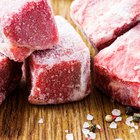
How Long Can Steak Stay Good While ...
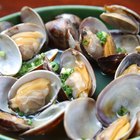
Can You Thaw & Refreeze Clams?
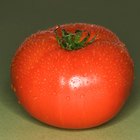
How to Blanch, Peel, & Freeze Whole ...

How Long Can Raw Meat Sit Out?
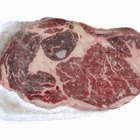
If Meat Is Frozen, How Long Does It ...
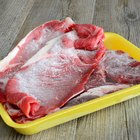
Can You Use Stew Meat That Has Been ...

How Do I Freeze Homemade Hash Browns?
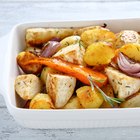
How to Marinate Vegetables & Bake Them ...
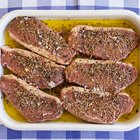
How Long Can You Marinate Meat Before ...
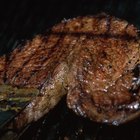
How to Defrost a Steak and Keep It ...
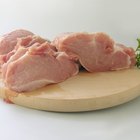
How Long Is Pork Good for While Frozen?
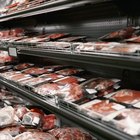
How Long Can Meat Stay out of the ...
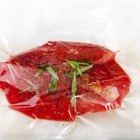
Rules for Thawing and Refreezing Meat

The Best Way to Freeze Sausage Balls
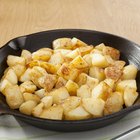
Can I Freeze Cubed Root Vegetables?
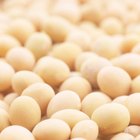
How to Cook Raw Chickpeas or Garbanzo ...
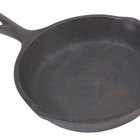
How to Cook a Wafer Steak

How to Use Leftover Marinade in Gravy

How to Freeze Carrots Without Blanching
References
Writer Bio
Julie Christensen is a food writer, caterer, and mom-chef. She's the creator of MarmaladeMom.org, dedicated to family fun and delicious food, and released a book titled "More Than Pot Roast: Fast, Fresh Slow Cooker Recipes."